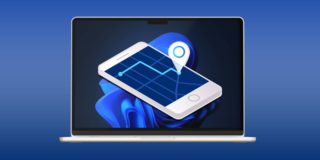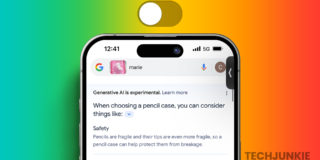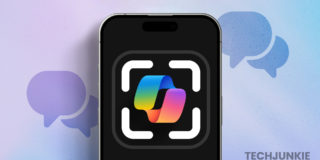An Overview of Apple’s September 2013 iPhone Event
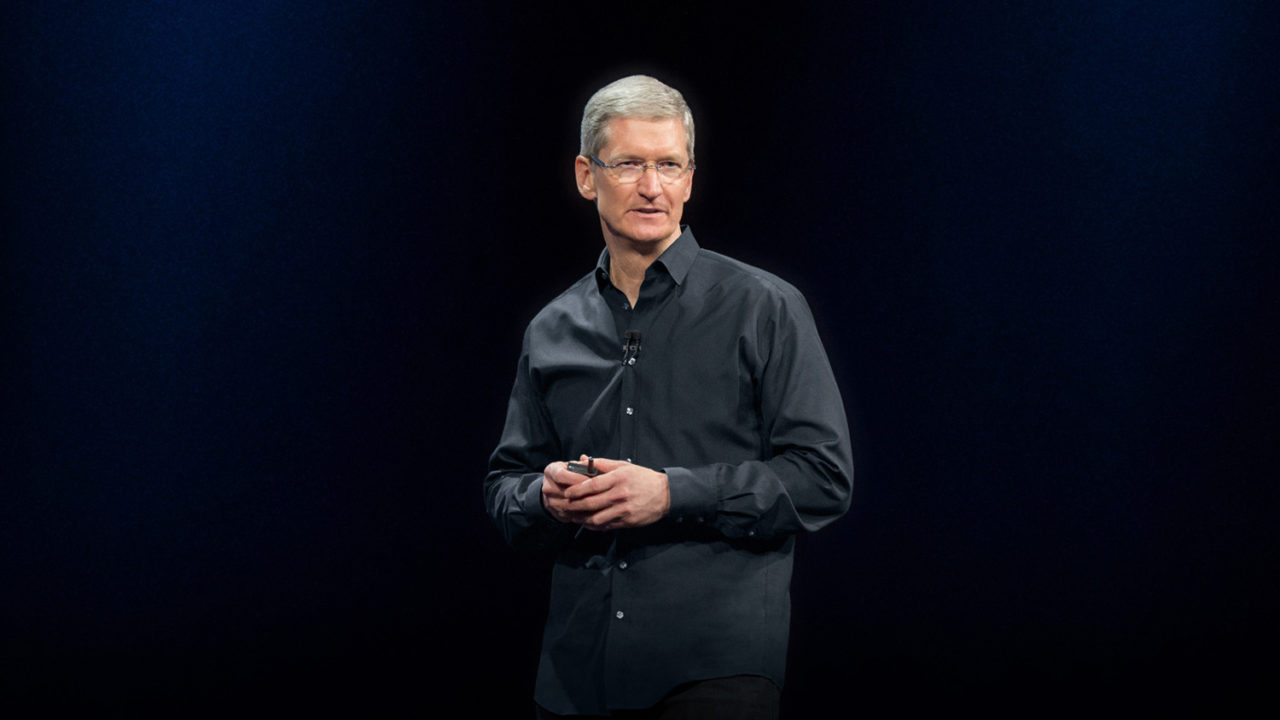
Apple held its annual iPhone hardware event this morning in Cupertino. Those following the rumor mill saw no surprises from Tim Cook and company, but here’s an overview of the major announcements.
iOS
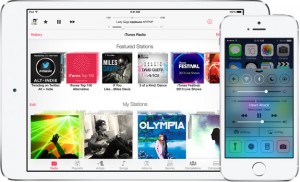
After several months of developer testing, iOS 7 will launch to the public on Wednesday, September 18. It features an all-new design and the following improvements:
- Control Center: gives users quick access to common settings and functions such as volume, playback controls, screen brightness, and a flashlight feature.
- Notification Center: improved area that provides users with an overview of their calendar, events, and application alerts.
- Better Multitasking: a new card-like interface (similar to Palm’s ill-fated WebOS) that gives users full-window previews of running apps and allows them to “flick” apps away.
- iTunes Radio: a new Pandora-like streaming music service that will be free with ads for all users; an ad-free experience is available for subscribers to Apple’s $25 per year iTunes Match service.
- Photos: a brand-new photo browsing app with built-in editing and new ways to manage large image libraries
- AirDrop: a point-to-point local sharing technology that allows users to quickly send images and files to nearby iDevices.
- Improved Siri: a new male voice option, better sources for inquiries such as Bing, Wikipedia, and Twitter.
- App Store Discovery: finding apps gets easier with a new “popular near me” feature and a new curated Kids category with family-friendly apps.
For more information on the many additional minor features, check out Apple’s iOS 7 page.
Of note, Apple mentioned early during the keynote that it’s on pace to ship its 700 millionth iOS device by the end of September.
iWork & iLife
 Apple’s mobile editions of iWork (Pages, Numbers, and Keynote) and iLife (iPhoto and iMovie) have long been top-selling apps in the company’s app store. Even at current prices of $9.99 each for the iWork Apps and and $4.99 each for iLife, CEO Tim Cook says that “almost all of [Apple’s] customers want these apps.”
Apple’s mobile editions of iWork (Pages, Numbers, and Keynote) and iLife (iPhoto and iMovie) have long been top-selling apps in the company’s app store. Even at current prices of $9.99 each for the iWork Apps and and $4.99 each for iLife, CEO Tim Cook says that “almost all of [Apple’s] customers want these apps.”
As a treat for new customers, the company has decided to make the apps free. All purchasers of new iOS devices (which includes any new iPad, iPhone, or 5th generation iPod touch) will get all five apps for free. They can be claimed the first time a user launches the App Store on their device.
The company’s popular music-making app, GarageBand, is notably absent from this promotion, but Apple undoubtedly hopes that the inclusion of iWork will keep some users from migrating to Microsoft Office-based solutions.
iPhone 5c
Apple’s Phil Schiller took to the stage this morning and told the audience:
In the past, when we introduced a new iPhone, we lowered the price of the old iPhone. This year, we’re not going to do that. This year, we’re going to replace the iPhone 5, with not one, but two new designs.
The first of these new designs is the long-expected “iPhone 5c,” a cheaper product meant to help Apple compete in low-end and emerging markets. The company bills the phone as “More fun, more colorful” and its polycarbonate plastic body is available in green, yellow, blue, red, and white.
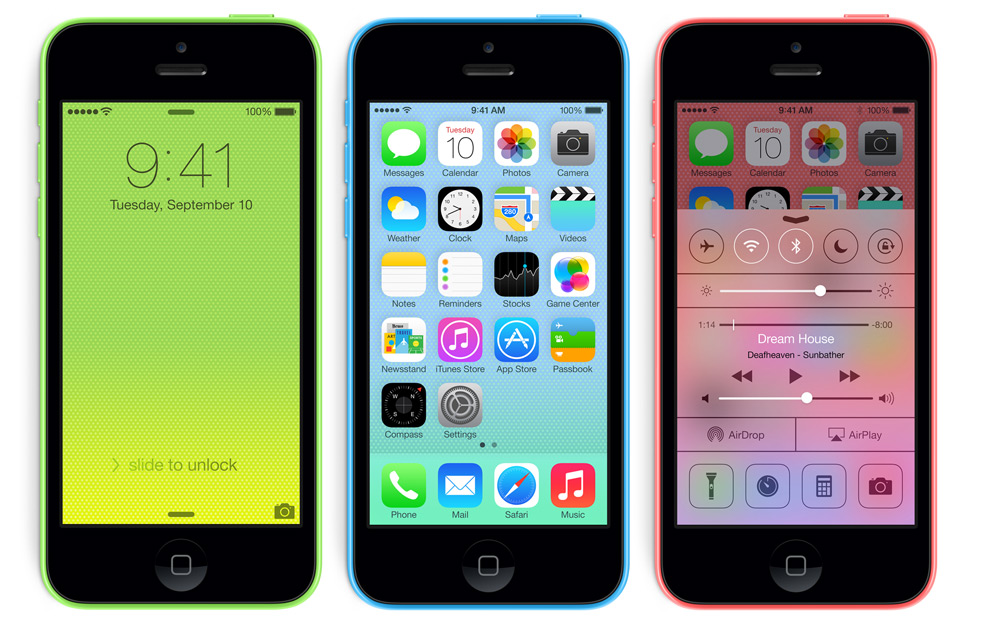
To keep costs low, the iPhone 5c is more about style than power, although the phone does introduce a few new features:
- A6 Processor (the same as the current-generation iPhone 5)
- Slightly larger battery
- 4-inch Retina Display
- 8 megapixel camera with f/2.4 aperture and five-element lens
- 1080p HD video recording
- Single LED flash
- FaceTime HD 720p front camera
- FaceTime audio calling
- World LTE support
- 802.11a/b/g/n Wi-Fi at 2.4 and 5GHz
- Bluetooth 4.0
For more, check out the full specifications for the iPhone 5c.
Even with cheaper components, the iPhone 5c will cost a bit more than many expected. The phone will be offered in 16 and 32 GB configurations for $99 and $199, respectively, with a two-year contract. Although the value of the carrier subsidy is not yet known, these prices likely make the 16 GB 5c a $400 to $500 phone without a contract.
The iPhone 5c will be available for pre-order on Friday, September 13 and will launch a week later on Friday, September 20 in the United States, Australia, Canada, China, France, Germany, Japan, Singapore, and the UK. Availability will expand to 100 countries and over 270 carriers by the end of the year.
iPhone 5s
Apple’s new flagship, the iPhone 5s is built from “high-grade aluminum with chamfered edges” and comes in silver, gold, and “space gray” colors. Although nearly identical in dimensions to the iPhone 5, it features significant under-the-hood improvements, including:

- A7 Processor: a 64-bit chip with over 1 billion transistors
- M7 Motion Coprocessor: a separate chip that works with the A7 to track user movement. It provides apps with contextually-relevant info about what a user is doing and enables new capabilities for fitness, GPS, and motion-tracking applications.
- Touch ID: a new security feature that combines a fingerprint sensor (located in the home button) with secure hardware storage and software functionality. Users can configure their phone to unlock with a finger swipe, as well as use fingerprints to authorize certain actions such as iTunes Store purchases.
- 4-inch Retina Display (the same as the iPhone 5).
- New 8 megapixel camera with an f/2.2 aperture.
- Dual LED “True Tone” flash: combines a cool-colored and warm-colored flash to automatically balance colors for best exposure.
- New 120fps slow-motion recording mode (at 720p).
- New Burst Camera Mode: takes up to ten images per second and automatically selects the best images based on sharpness and exposure.
- Same or better battery life compared to iPhone 5.
These new and improved features combine to provide more than twice the performance of the iPhone 5. Apple also mentioned that iOS 7 has been updated to take advantage of the new 64-bit A7 CPU, and that developers will be able to easily update their apps to 64-bit using a new version of Xcode. Like modern desktop operating systems, the iOS 7 on the iPhone 5s will be fully compatible with older 32-bit applications as well.
Full details are available at Apple’s iPhone 5s website.
The iPhone 5s will launch September 20 in 16, 32, and 64 GB configurations for $199, $299, and $399, respectively, on a two-year contract.
Readers should note that there is no current pre-order date for the iPhone 5s. Apple’s website states that customers may order the phone in-store or online starting September 20. That means that users who wish to get the phone on Day One will be forced to wait in long lines at Apple Stores and other retail outlets.
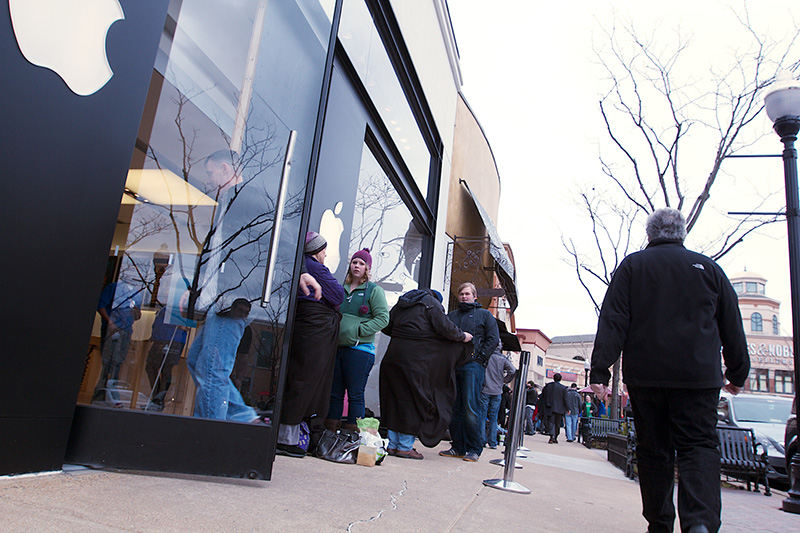
The reason for Apple’s iPhone 5s launch plans are unclear at this time. Supply constraints may have forced the company to reserve all initial units for in-store sales. It’s also possible that the company, in the face of declining market share and consumer excitement, is trying to create artificial buzz by forcing long lines and week-long camp-outs at its retail locations.
Other Products
Starting with the launch of the new iPhones later this month, the iPhone 5 will no longer be available (although users may be able to grab existing inventory at a discount from some retailers).
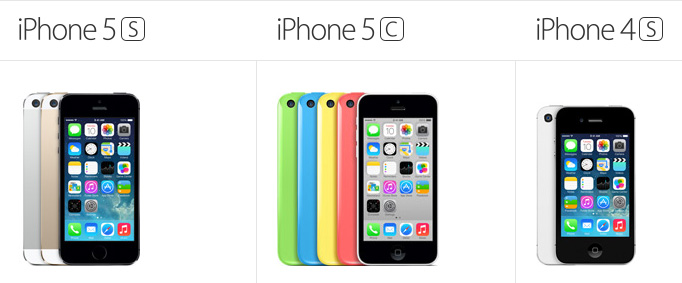
Surprisingly, the iPhone 4S, which first launched in October 2011, will still be available as Apple’s “free” (with a two-year contract) option. It will be available exclusively in an 8 GB configuration, and it keeps the company’s 30-pin connector alive. We had hoped that Apple would make the iPhone 5 its new free option, enabling the company to move the entire iOS lineup to the Lightning connector, but it looks like 30-pin is here to stay for at least another year.




